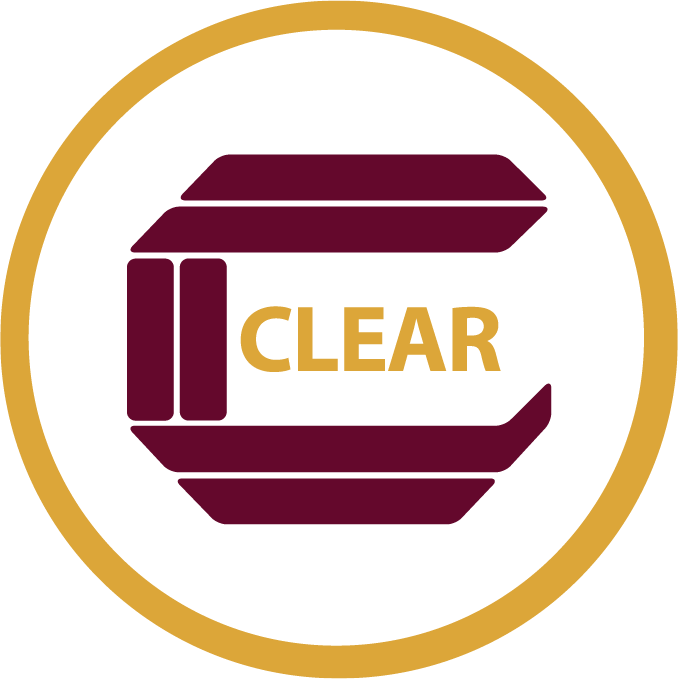Every violation is an opportunity to teach continuous quality improvement
CLEAR’s recent webinar on “Compliance 2.0 – Catching licensees doing something right” focused on compliance monitoring – identifying areas of improvement and then equipping licensees with the tools and resources needed to do things right.
If you missed the webinar, you can access the recording for purchase here: https://www.clearhq.org/CLEAR_Store/compliance-catching-licensees-doing-something-right
In this follow-up guest blog post, Mark Parker, President, Outlier Technologies, shares how every violation is an opportunity to teach continuous quality improvement:
During my “Compliance 2.0 – Catching licensees doing something right” session, I poll the audience by asking “How do you document a violation that is corrected during an inspection?” The options are “Compliant”, “Violation”, “Corrected On-site” and “Depends on Circumstances”. Although the answers are typically across the board, hands down the most selected answer is “Depends on Circumstances”.
This may challenge your perspective or way of thinking about “minor” violations, but the correct answer is always “Violation”. Let me explain why.
Statistically speaking, regulatory agencies that allow licensing staff to observe a violation and then decide not to document it have lost the ability to accurately track repeat violations and are skewing or biasing the data in a way that makes it less reliable for trend analysis. Furthermore, the argument that documenting “minor” violations corrected on-site is nitpicky, or unfair, is understandable, but it is this way of thinking that leads to more repeat violations.
With Compliance 2.0, every violation is an opportunity to teach continuous quality improvement, and I will argue that working with a licensee to correct and prevent minor violations helps ensure the licensee is equipped to prevent more serious violations.
The process for fully correcting a violation and continuous quality improvement starts with documenting the immediate actions taken. This may be while the licensing staff is still on-site, but what’s more important is the licensee understands that the violation isn’t corrected until a preventative action plan has been created, executed, and monitored. So, the process for the licensee is to document the immediate actions taken, conduct root cause analysis to fully understand why the violation occurred, create and execute a preventative action plan, and monitor ongoing compliance internally to ensure there are no repeat occurrences or violations.
Licensees who buy into a continuous quality improvement mindset are not only better at playing by the rules, or have fewer repeat violations, but are also better at operating their business, have less staff turnover, and are ultimately more profitable (Forbes Insights 2017).
References:
Forbes Insights (May 2017). The Rising Economic Power of Quality: How Quality Ensures Growth and Enhances Profitability
